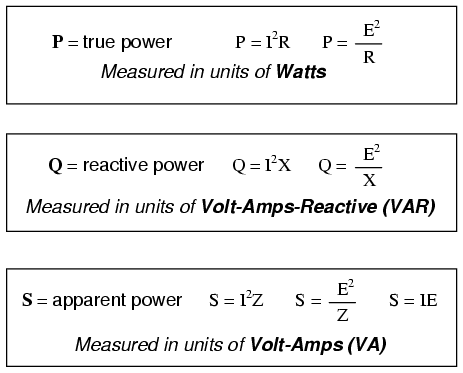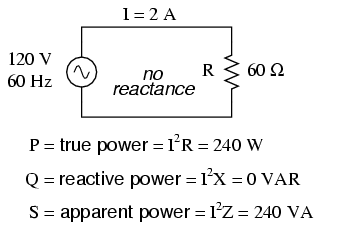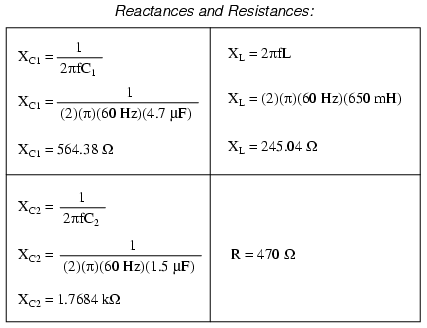Complex Power
In power system analysis the concept of Complex Power is frequently used to calculate the real and reactive power.
This is a very simple and important representation of real and reactive power when voltage and currentphasors are known. Complex Power is defined as the product of Voltage phasor and conjugate of current phasor. See Fig-A
Let voltage across a load is represented by phasor V and current through the load is I.
If S is the complex power then,
Let voltage across a load is represented by phasor V and current through the load is I.
If S is the complex power then,
S = V . I*
V is the phasor representation of voltage and I* is the conjugate of current phasor.
So if V is the reference phasor then V can be written as |V| ∠0.
(Usually one phasor is taken reference which makes zero degrees with real axis. It eliminates the necessity of introducing a non zero phase angle for voltage)
(Usually one phasor is taken reference which makes zero degrees with real axis. It eliminates the necessity of introducing a non zero phase angle for voltage)
Let current lags voltage by an angle φ, so I = | I | ∠-φ
(current phasor makes -φ degrees with real axis)
I*= | I | ∠φ
So,
S = |V| | I | ∠(0+φ) = |V| | I | ∠φ
(For multiplication of phasors we have considered polar form to facilitate calculation)
Writting the above formula for S in rectangular form we get
S = |V| | I | cos φ + j |V| | I | sin φ
The real part of complex power S is |V| | I | cos φ which is the real power or average power and the imaginary part |V| | I | sin φ is the reactive power.
So, S = P + j Q
Where P = |V| | I | cos φ and Q = |V| | I | sin φ
Where P = |V| | I | cos φ and Q = |V| | I | sin φ
It should be noted that S is considered here as a complex number. The real part P is average power which is the average value, where as imaginary part is reactive power which is a maximum value. So I do not want to discuss further and call S as phasor. If you like more trouble I also advise you to read my article about phasor or some other articles on phasor and complex numbers.
The apparent power is the vector sum of real and reactive power
Engineers use the following terms to describe energy flow in a system (and assign each of them a different unit to differentiate between them):
Engineers use the following terms to describe energy flow in a system (and assign each of them a different unit to differentiate between them):
- Real power (P) [Unit: W]
- Reactive power (Q) [Unit: VAR]
- Complex power (S)
- Apparent Power (|S|) [Unit: VA]: i.e. the absolute value of complex power S.




























 can be represented as
can be represented as



